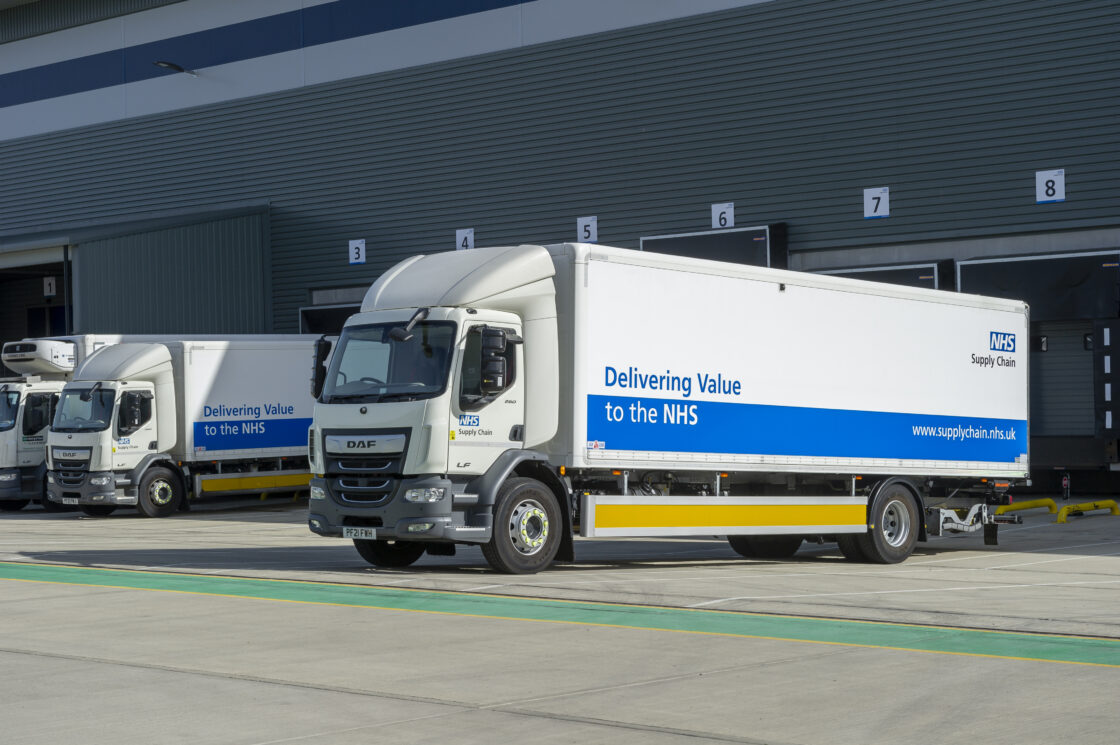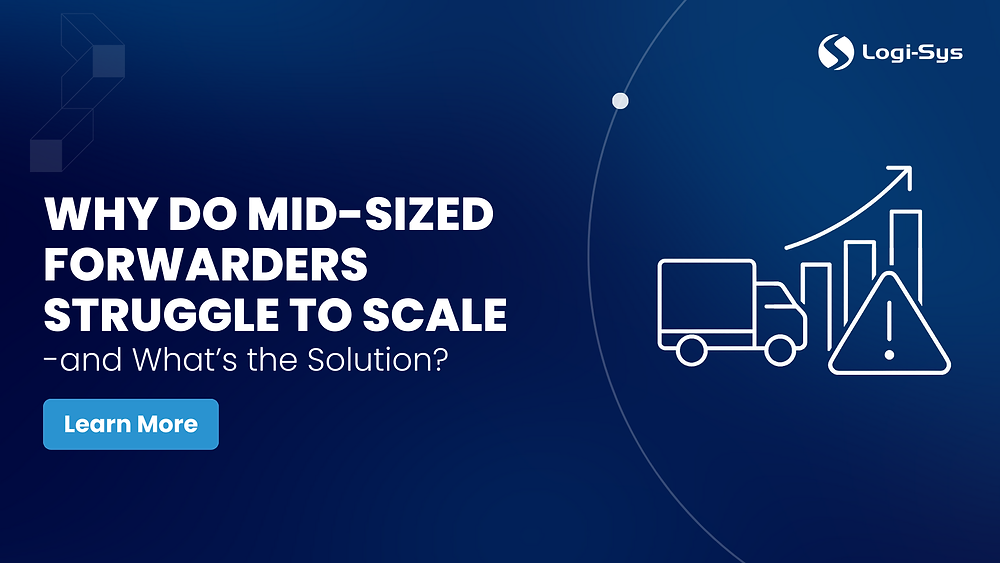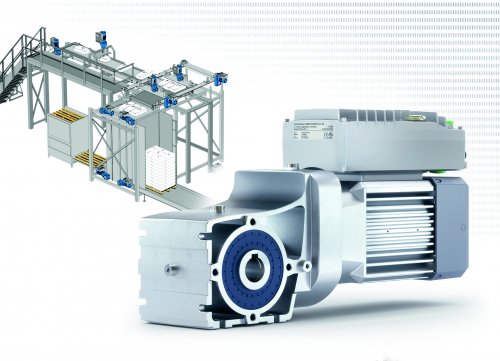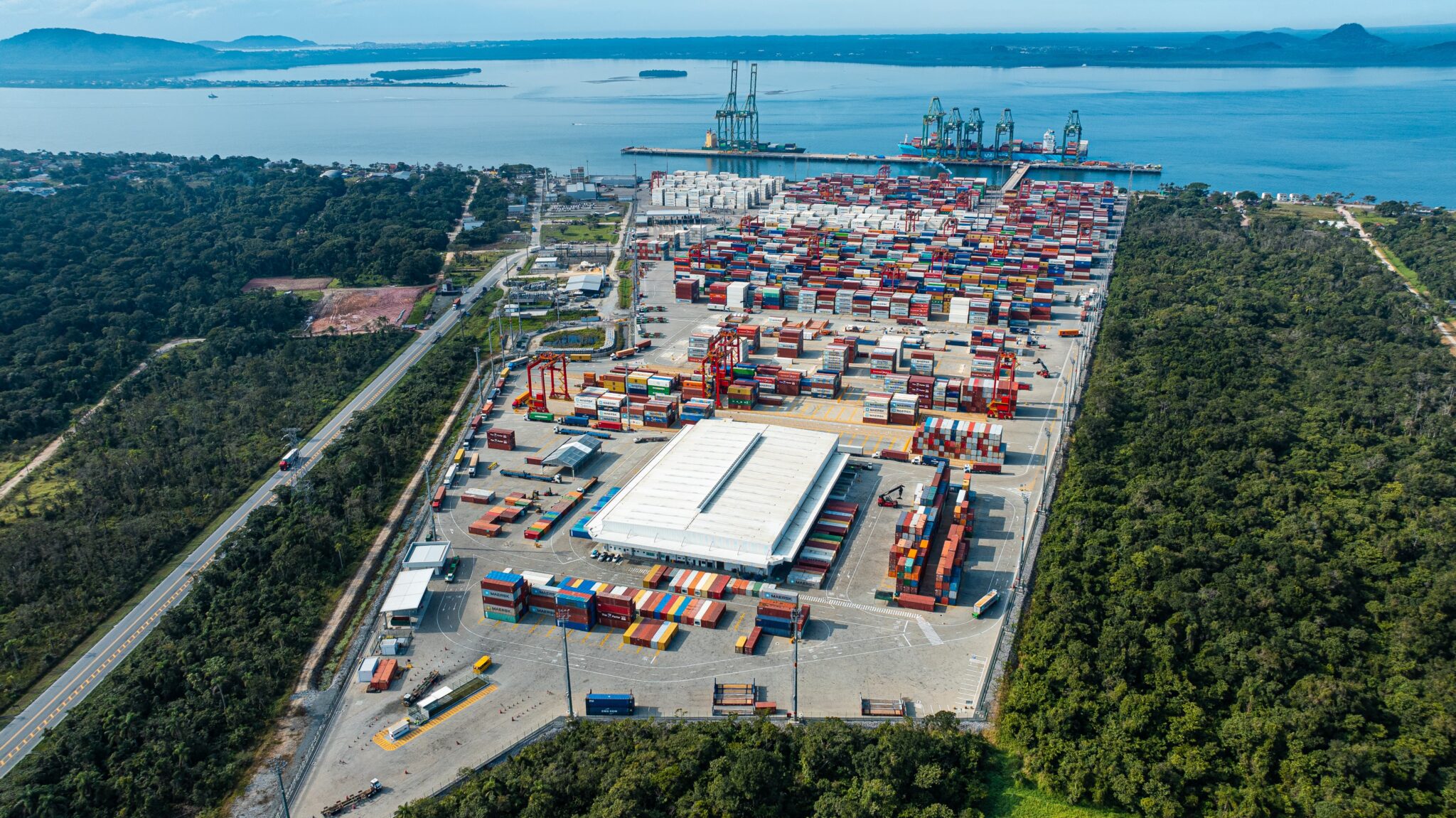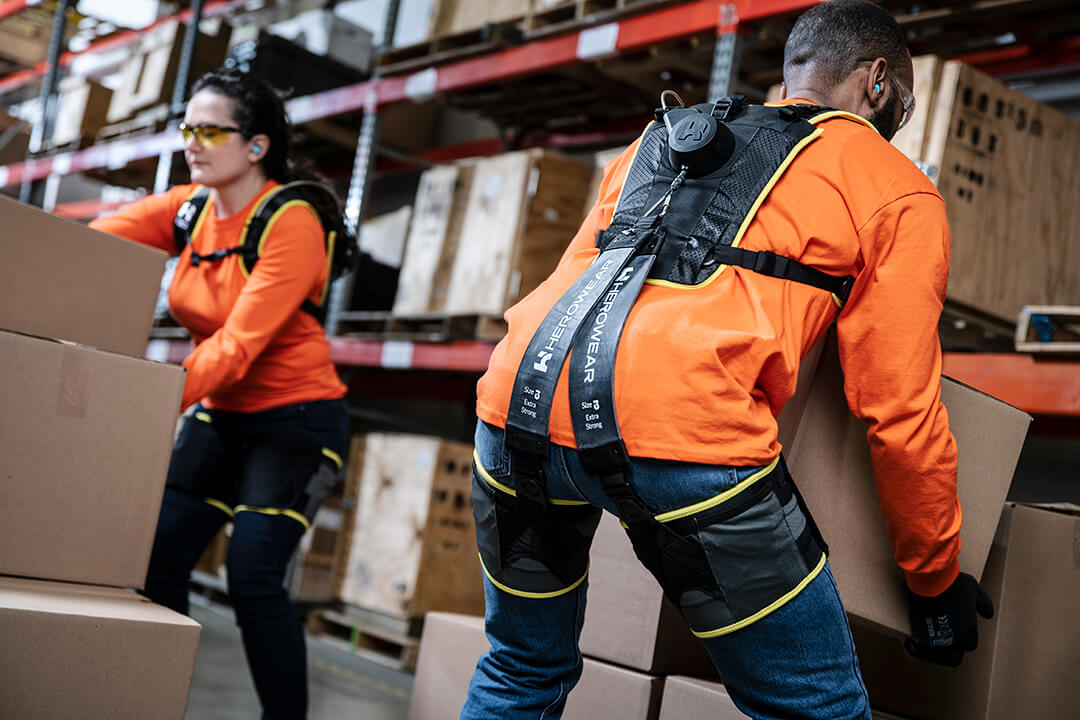6th May 2025
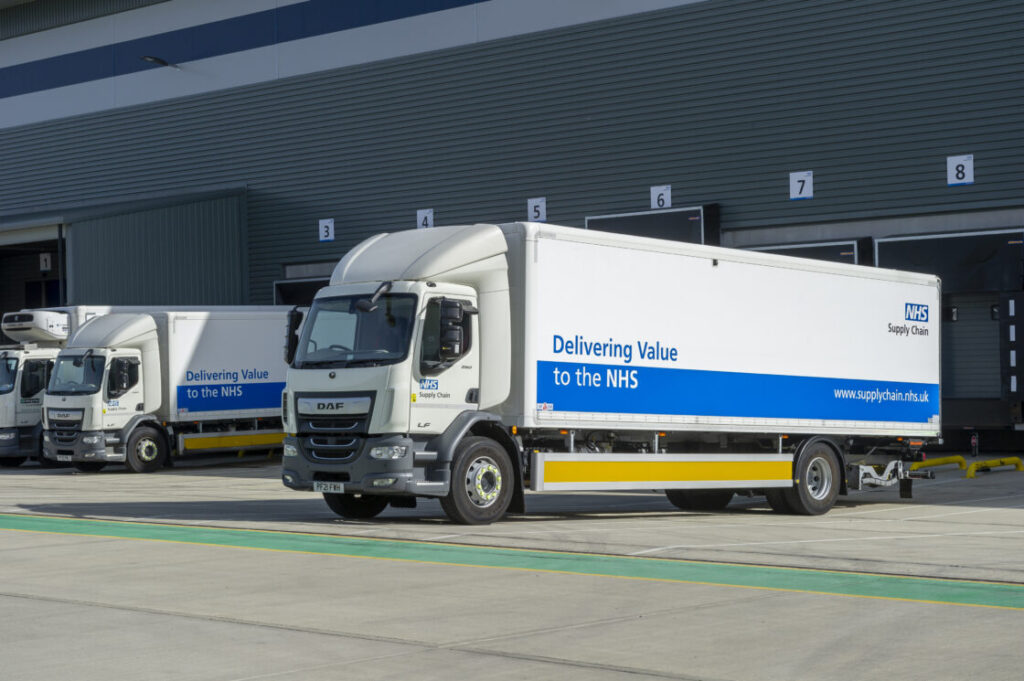
NHS Supply Chain has awarded the contract for the management of its logistics services to GXO. The company will be taking over the contract for storing and delivering healthcare products to the NHS on behalf of NHS Supply Chain from October this year, when the current outsourced Logistics Services Provider’s contract expires. The contract is for an initial period of seven years, with a possible extension of up to 36 months.
NHS Supply Chain chief executive officer, Andrew New said: “We’re pleased to announce GXO as the new service provider for our logistics services. Running our eight distribution centres across England and keeping our significant fleet of more than 300 delivery vehicles on the road is a key part of what we do to supply the NHS with more than 35 million healthcare products every year. We’re an important part of the healthcare system, ensuring the NHS can put patients first. As well as running our normal logistics services, looking forward to the future, we will be developing our logistics services with GXO to best meet the growing needs of the NHS.”
“We are extremely proud to have been selected to serve the NHS as its new logistics partner,” said Gavin Williams, managing director, GXO UK & Ireland. “Combining our sector experience with the technology expertise that supports many of the UK’s leading businesses will optimise the NHS’s logistics services for healthcare providers and taxpayers. We are committed to an excellent quality of service to hospitals and patients at home, increasing productivity and supporting our NHS so that it can focus on patients, its ultimate priority.”
GXO will be contracting with Polar Speed to provide NHS Supply Chain’s Home Delivery Services. There will be a transition period over the next few months to ensure a smooth handover of sites and teams from the current logistics provider to GXO and Polar Speed, ensuring the NHS continues to receive the service it needs.
The role is to source, deliver and supply healthcare products, services and food for NHS trusts and healthcare organisations across England and Wales. Supply Chain Coordination Ltd (SCCL) is the company at the heart of NHS Supply Chain. It provides oversight and operational management for NHS Supply Chain and its service providers. SCCL is the legal entity through which NHS Supply Chain undertakes its procurement services and transacts with customers and suppliers. Whilst its shares are owned by NHS England, SCCL is a separate organisation.
similar news
